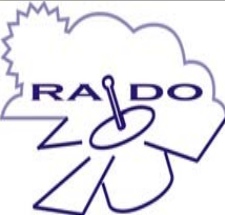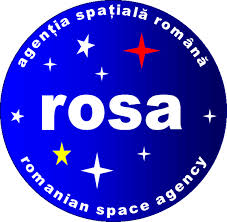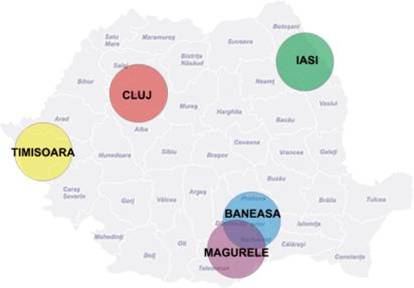Atmosphere Optics, Spectroscopy and Lasers Laboratory LOA-SL
|
climate and weather
Movie created by the INOE, Laser remote sensing department, OTEM2011, RADO Project
Since the begin of time, man was concerned about atmospheric phenomena, mostly out of fear of the devastating effects of these events. Throughout time, scientists have searched and found answers on issues such as: air movement and wind timber, clouds and lightning formation etc. The meteorology belongs to the genomic science (i.e. all science about the mantels of the Earth). By definition, meteorology is the science that studies the atmospheric structure as well as the process and phenomena taking place there. The word meteorology comes from the Greek “meteoron”- what is happening in the air, and “logos”- science. This science includes several branches, namely: dynamic meteorology, synoptic meteorology, actinometry, radar meteorology, satellite meteorology, climatology etc.
[Reference: http://www.free-online-private-pilot-ground-school.com/] Thus, the subject of meteorology is atmospheric air, the working methods being used are visual and experimental observation, analysis and synthesis, analogy simulation, mathematical modeling etc. The aim is quite complex, but in a nutshell, it's like this: the more we know and study the atmosphere, the better we will be able to prepare against devastating natural phenomena and make more accurate weather forecasts.
In Romania, the first non-systematic meteorological observations were made in 1770 in Iasi, in 1773 in Bucharest and in Sibiu in 1851; these observations were not continuous. In 1884, on the 30th of July, the Central Meteorological Institute was established, led by engineer Stefan Hepites. In 1885 came the first official weather bulletin from the institute. Since the beginning of modern meteorology, there was the necessity of establishing a uniform system for uninterrupted monitoring and measurement of the basic air manifestations and characteristics. This was necessary because the atmospheric air, which is in continuous motion, does not respect any state borders and the atmospheric measurements must take this into account. Today, there is a concerted system of weather observation and data transmission. The World Meteorological System, takes observations about atmospheric air under standard rules, and continuously transmits data worldwide in a coded language, through its own transmission network. Until now, worldwide, there are approximately 9000 ground stations (ground synoptic network), sea and ocean stations with fixed positions (on stationary ships and platforms), stations on ships in motion (about 7000), special or commercial aircrafts which provide over 1500 meteorological messages per day, ozone measuring stations, upper-air stations (Ecaterina Ion-Bordei, Gabriela Taulescu, Probleme de meteorologie si climatologie pentru ecologi, Ed. Printech, 2008), radar networks, lidar networks and meteorological satellites (geostationary and/or polar-orbital).
In Romania, the weather radar network was completely upgraded in 2004, with the purchase of 8 Doppler radars (6- in S band and 2- in C band) (http://www.meteoromania.ro/).
In 2007, in our country, the grounds for the first LIDAR network are set with a national project, ROLINET, immediately followed by an international project, RADO. The monitoring stations are located in Bucharest (2), Cluj-Napoca (1), Iasi (1) and Timisoara (1).
|









